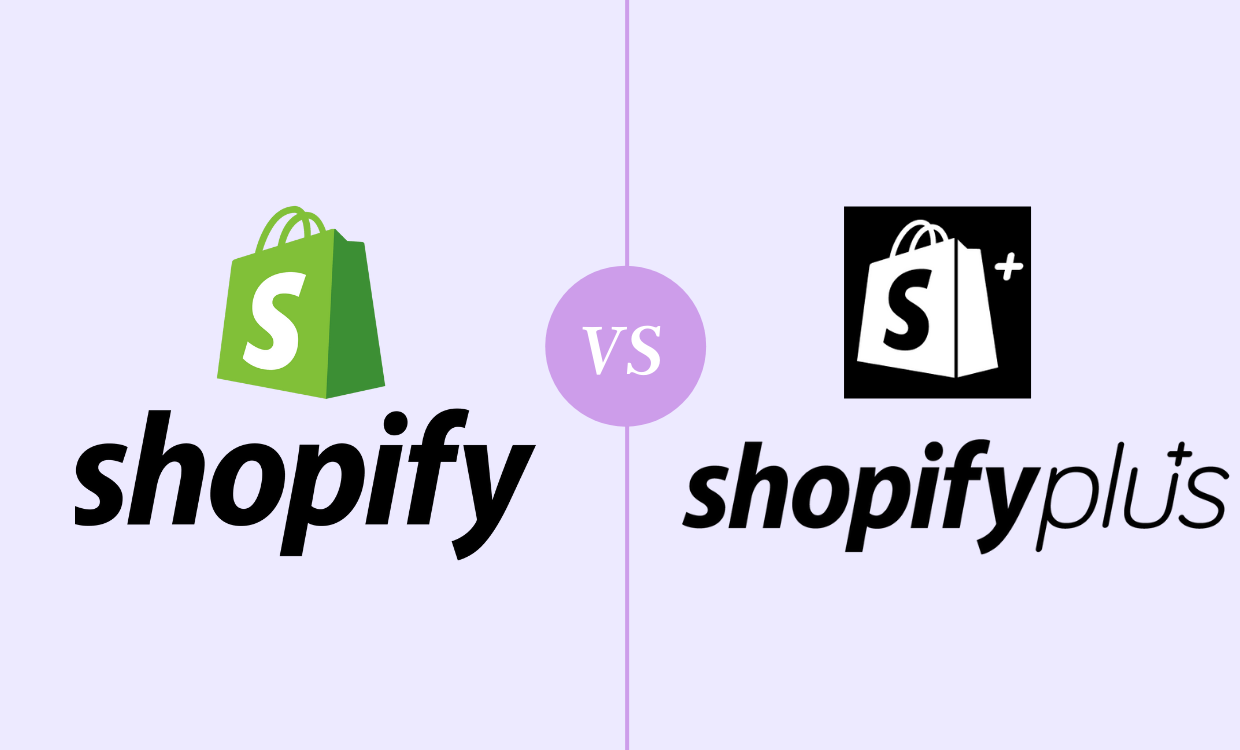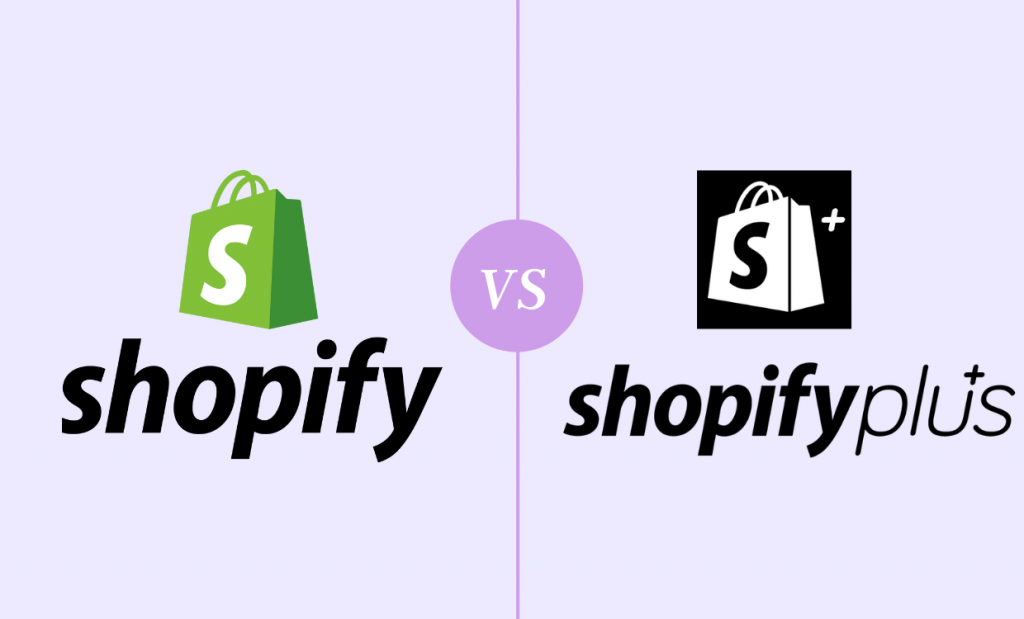Shopify vs Shopify Plus both are powerful e-commerce platforms to sell products. The former is more popular because a medium-size business can easily resonate with it. When given a choice between them users often get confused and find it hard to make a decision.

Here is a comparison between both based on its 7 crucial factors which will help you form an opinion and decide if these e-commerce giants are worth it or not.
1. Theme and ease of customization
Both these platforms include over 60 themes to create a powerful e-commerce website. 10 of them are free of cost but the other 59 themes are paid one. They can cost over $140 and $180.
This may sound like a lot but the theme gives an impression to the website and as it is said that the first impression is the last impression. So they are worth investing your money in.
These themes are also available in multiple languages like English, Italian, Spanish, German, French, Brazilian, Japanese, and Portuguese. You can set up your website in a native language easily.
But the major difference between both of them is that for editing Shopify themes you will need a freelance Shopify developer. It needs coding for customization so a freelance web developer is necessary unless you know how to code.
While in Shopify Plus, you get a dedicated launch manager who handles everything including theme customization.
2. Help & support center
Shopify offers decent support service through live chat, phone, and mail. You can handle it by yourself or hire an expert for it.
But In Shopify Plus the Launch engineer handles the help & support center. You can take launch engineer help and integrate your store with a third-party app or find a project partner.
Even if you want to set up your store or migrate it, a Launch engineer will be there to assist you.
3. Multichannel integration
Multichannel integration refers to selling products at different places. Through Plus you can directly sell your product in digital marketplaces like Amazon, Flipkart, eBay, Facebook, Instagram, etc. The customers won’t even have to leave the platform for it.
But with Shopify, you can list your product on Amazon. Customers will have to move from one window to another to purchase a product.
4. Exclusive apps
One of the main Shopify plus benefits is that you get a lot of exclusive apps which are not available on the basic plan. Some of them are:
- Wholesale channel
- Shopify Flow
- Launchpad
- Script Editor
- Transporter app
- Bulk Account Inviter
5. E-commerce features
E-commerce is the major point that reveals the difference between both platforms. There are some features that are available on both e-commerce service provider:
- Multi-Channel Integration– It allows to add more revenue sources and increase product selling channels.
- Abandoned cart emails- Notifying customers about their Abandoned carts through email increases recovery charges of such carts by 25%.
- Payments- This payment method allows adjustment through different currencies. It can accept payment in the form of the following currencies-USD, GBP, EUR, AUD, JPY, CAD, HKD, SGD, and NZD.
Shopify Plus provides some extra e-commerce features to ease the work of its users.
- Shopify Flow- It helps you in tracking purchases of users and then it customizes the homepage based on their search history.
- Script Editor- Script editor allows you to track and customize even the tiniest details of your website. It provides the Shopify plus admin a greater control over the shipping, line items, and payment methods.
6. Wholesale channel
The wholesale channel is another highlight in this list. As your e-commerce business grows you will get customers who would like to buy from you in bulk. Then you will find the need for a wholesale channel.
Plus offers a lot of features and customization for the wholesale channel which is missing in the basic plan. In the plus plan you can track orders, send invoices, manage data extracted from products and integrations, and handle B2C and B2B businesses easily.
Shopify doesn’t offer much customization in the wholesale channel but only provides the basic features.
7. Pricing and plans
The Pricing differs for both of them but you get multiple options to choose from.
Shopify offers three core plans:
- Basic Shopify ($29/month)
- Shopify ($79/month)
- Advanced Shopify ($299/month)
The features you will get with it will depend on your monthly plan. But even the basic plans cover almost every basic feature and freebies are available in all of them.
It also has a 14-day free trial so you can go for that before actually purchasing its plan. Shopify Plus is not that clear about its plans and pricing. You need to contact the store directly to get a quote.
Transaction fee features on both platforms get operated almost in the same way. Shopify has a fixed transaction fee but the plus plan’s fee can be negotiated depending upon the requirements.
Both are equally effective but they are better for different businesses. Shopify is good for decent-sized e-commerce businesses. It’s a powerful tool that can help in gaining more customers and digital expansion of business.
While the Plus plan is more suitable for enterprise-level businesses that already own a consumer base. Its multiple stores can take your products to the next level and give a boost to your business.
You can start your e-commerce journey with the basic plan and later on learn how to upgrade to plus.
Meta: Shopify vs Shopify Plus offers some common features but Shopify is more suitable for medium-sized businesses while Shopify plus suits big businesses.
